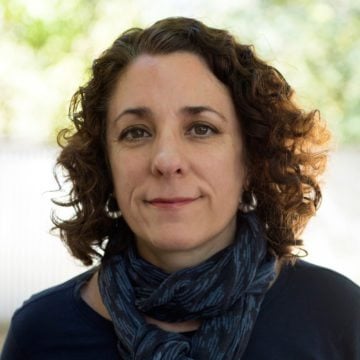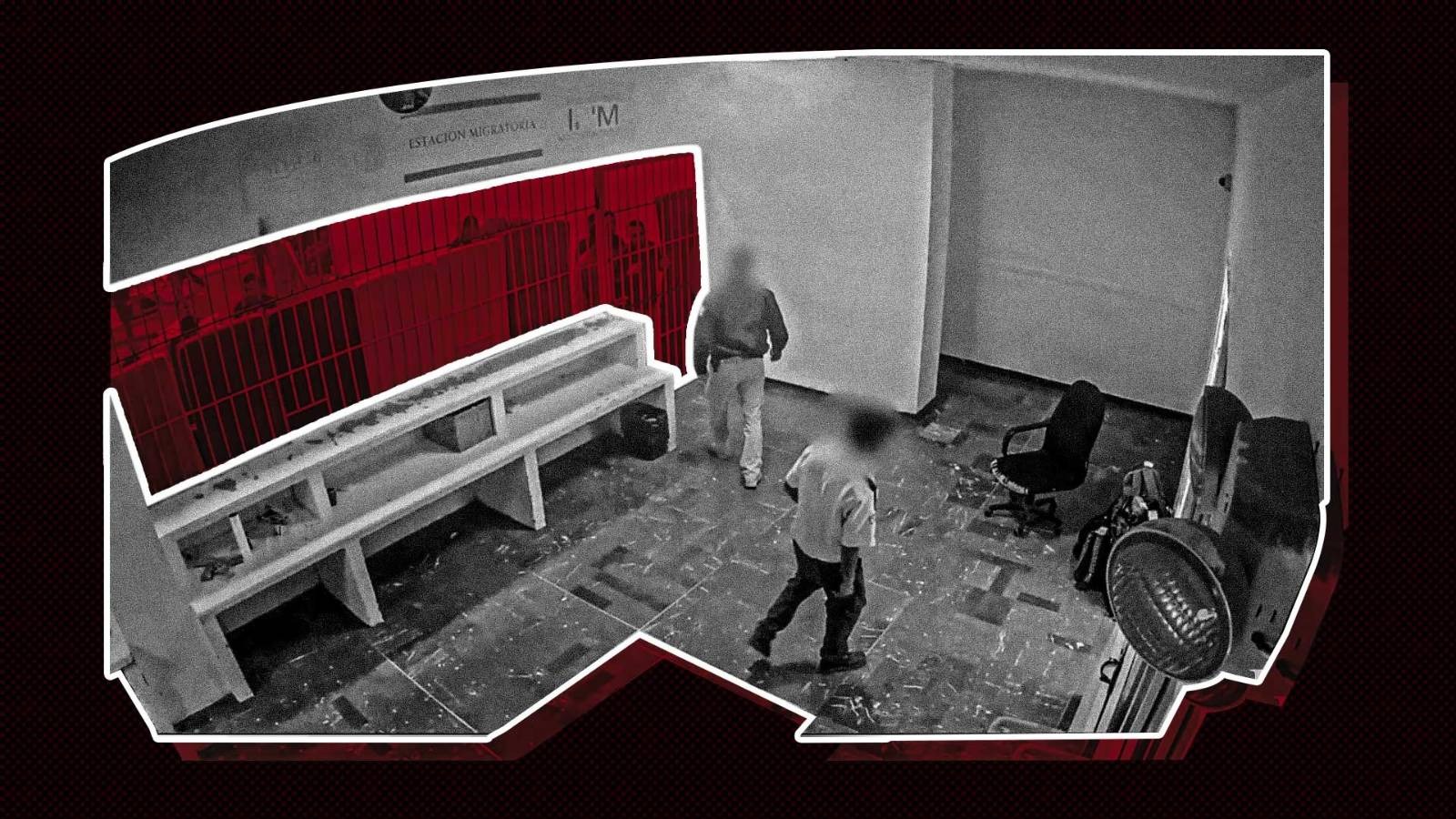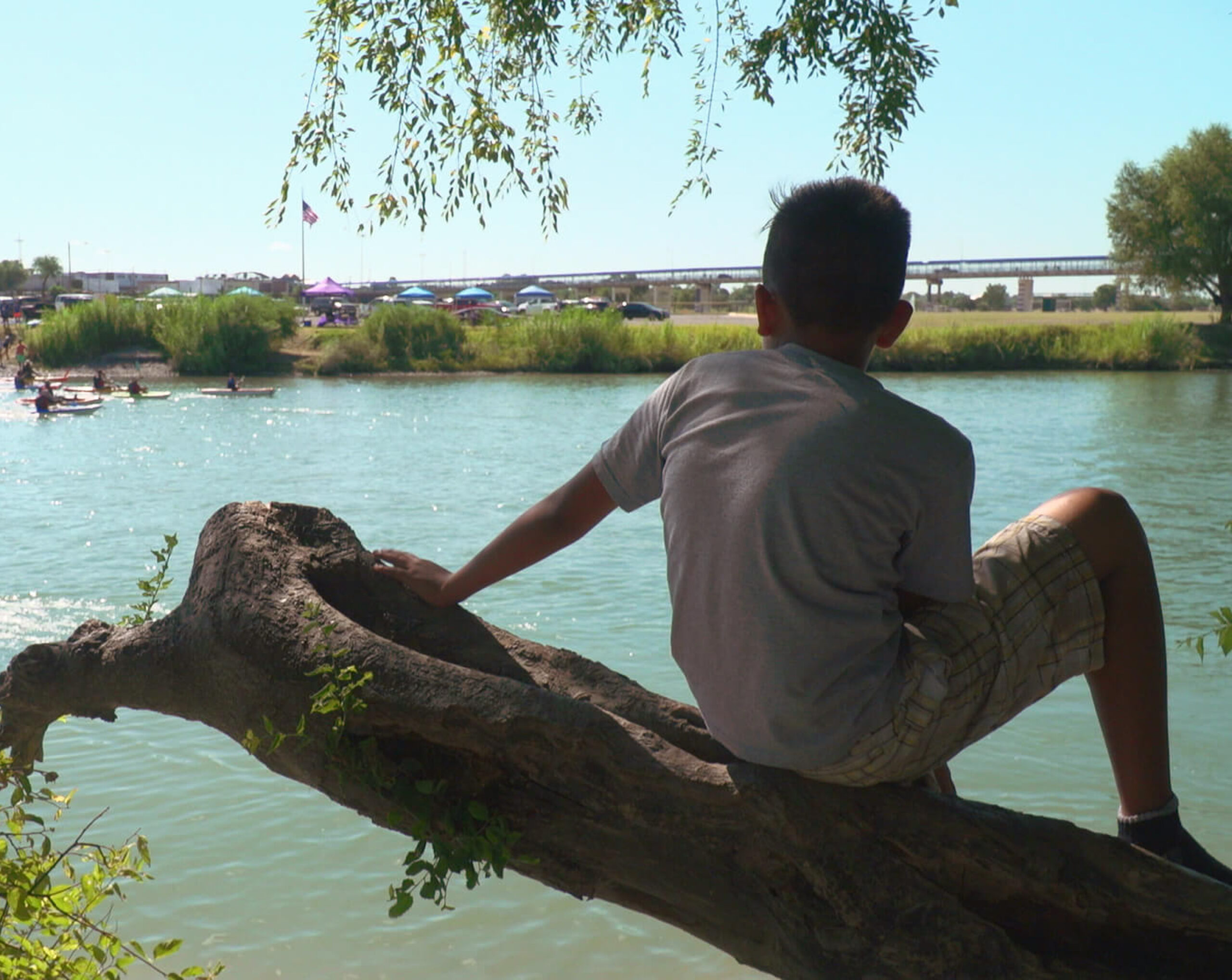
Border Trial That Exposed Police Corruption Ends In Guilty Verdict

Above: Hidalgo County Sheriff Lupe Treviño
The jury deliberated for three hours this afternoon before finding former lawman Jorge Garza guilty of conspiring to possess more than 1,000 pounds of marijuana. The verdict capped off an explosive trial that exposed the depths of law enforcement corruption in the Rio Grande Valley.
The former sheriff’s deputy was a bit player in a drug conspiracy that brought down members of the Panama Unit, a corrupt drug task force run by Jonathan Treviño, the son of the Hidalgo County sheriff. But Garza was the only lawman not to take a plea deal. His week-long trial often seemed like two trials: one centering on Garza’s role in the drug conspiracy and the other a deeper examination of law enforcement corruption in the border county, especially the sheriff’s office.
The drug conspiracy centered on the Panama Unit, investigators at the Hidalgo County district attorney’s office and deputies working in the sheriff’s crime stoppers program. The corrupt cops worked in tandem with three drug dealers to rip off other local dealers and then resell the drugs locally, splitting the profits.
According to testimony, Garza’s role was arranging fake traffic stops in his squad car to scare off local dealers so that other members in the scheme could steal their drug loads.
The trial became front-page news Thursday when Sheriff Lupe Treviño—a powerful and ambitious political figure in the Valley—was called to testify for the defense. Garza’s lawyer kept the sheriff on the witness stand for two days. The questions were wide-ranging but centered on how much the sheriff knew about the illegal and unethical activity around him, including pressure on his employees to allegedly raise money for his campaigns as well his his day-to-day knowledge of his son’s criminal activities in the Panama Unit.
Since his son was indicted in December, Treviño has maintained that he was oblivious. But throughout the trial witnesses, including Fabian Rodriguez, a former Panama Unit member testified that the sheriff received daily briefings on the Panama Unit. Rodriguez said the sheriff’s son ran the unit and made decisions about which officers got to participate in illegitimate drug busts. “Only the people who worked the bust got the money,” he said. “Jonathan would choose who came to the bust. And he would say how much money each person got.”
Commander Joe Padilla, the sheriff’s right-hand man, was also summoned to testify during the trial. Padilla arrived in court only to plead the Fifth Amendment after the judge advised him that he was under investigation by the U.S. attorneys. Throughout the trial, multiple witnesses described Padilla as the muscle for the sheriff, an intimidating enforcer who forced deputies to fundraise for the sheriff and sold protection and sensitive law enforcement intelligence to drug dealers.
On Sunday the Monitor reported that Padilla had previously been interrogated by U.S. Attorney Jim Sturgis and was offered a recommendation of probation if he cooperated. But Padilla refused to cooperate.
During the trial other law enforcement agents were also implicated in the conspiracy. Charlie Vela, an investigator for the district attorney’s office was summoned to the court to testify. Vela pleaded the Fifth Amendment rather than incriminate himself. The district attorney fired Vela the same day.
After a week of testimony about police corruption in the border county, Garza was described by the defense as a lawman trying to survive in a corrupted sheriff’s agency. But Sturgis, lead prosecutor in the Garza trial, admonished the 12-member jury not to forget Garza’s active role in the conspiracy. He also hinted that there would be further indictments in the drug conspiracy.
“We’re not here for all the other stuff that was testified about, and that needs to be dealt with,” Sturgis said. “That is for another time, another place.”
U.S. District Judge Randy Crane said Garza’s sentencing would be held in October along with members of the now disbanded Panama Unit drug task force.


